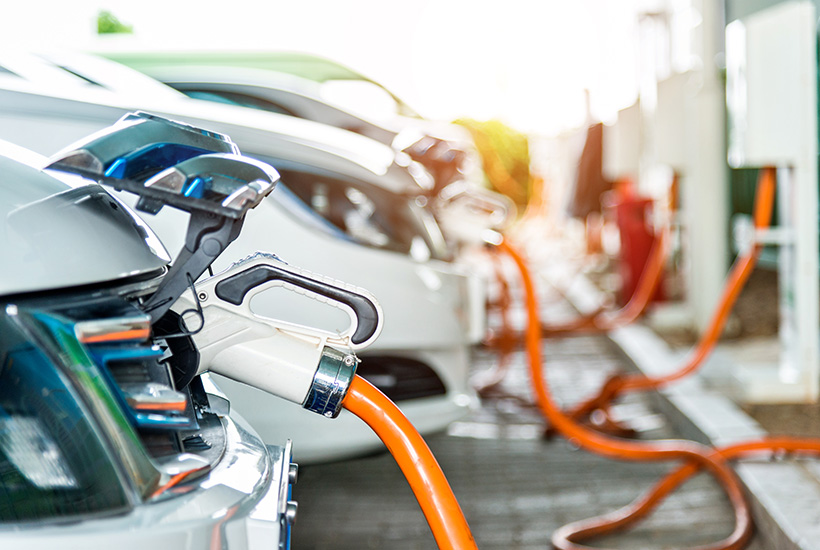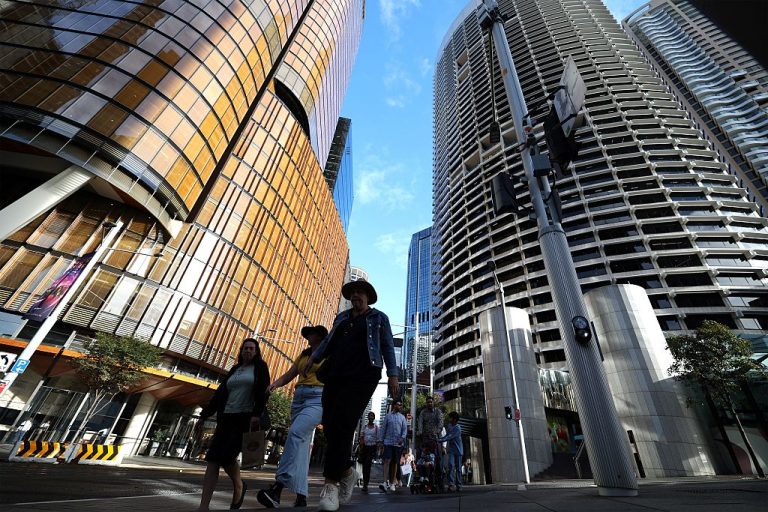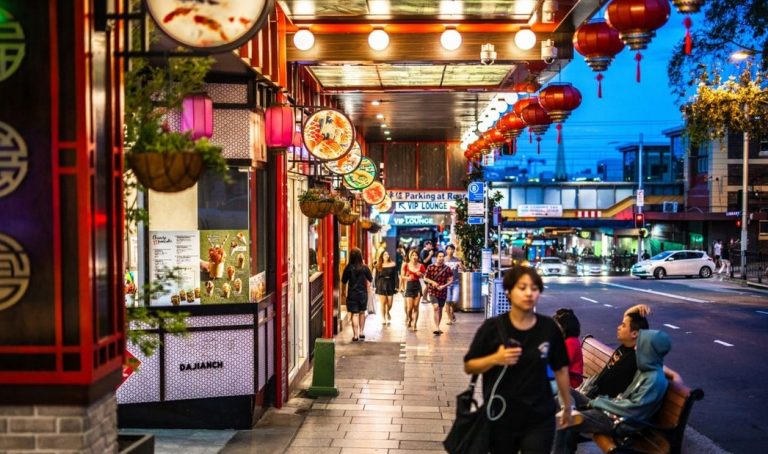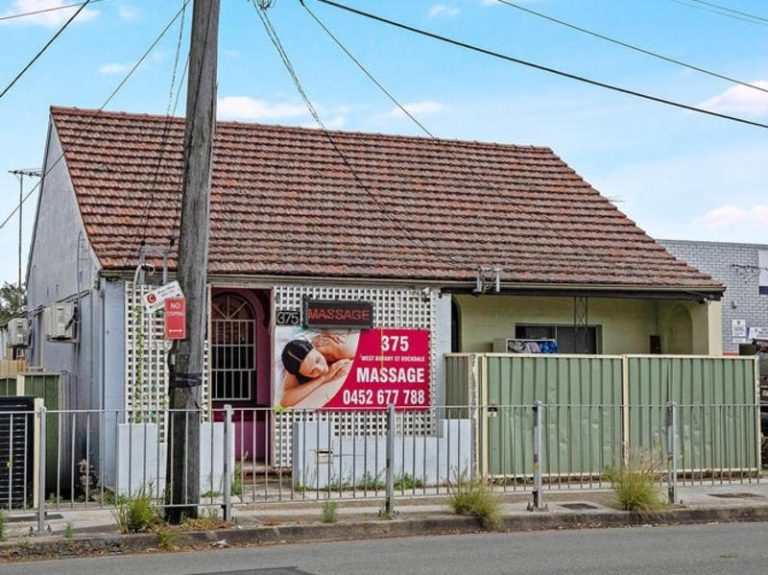Petrol stations of the future: EV charging plus click and collect

Leaders of the nation’s fuel and convenience station industry say while green vehicles are re-writing the business model, petrol stations in Australia will see more of a “slow and steady” change.
While in some countries the emergence of green vehicles has completely transformed the humble petrol station, in less-densely populated Australia the focus will be more on providing fast charging. But it will be a revolution nonetheless, according to the Australasian Convenience and Petroleum Marketers Association.
In addition to offering 15-minute or so “top-up” electric vehicle charging and hydrogen pumps, the petrol stations of the future may also become hubs for “app-ordered” self-driving vehicles and a collection point for click and collect orders from every imaginable source.
And it appears the high-value, strategic locations of petrol station real estate will be central to the industry’s ability to shift gears.
A third transformation for petrol stations
Mark McKenzie, the chief executive of the ACAPMA, the peak body for fuel wholesalers and retailers who employ more than 55,000 Australians, says the change, will be the third major transformation since the late-1970s when the model switched from “fuel plus vehicle repair” to “fuel with chips, chocolates, and drinks”.
The second transformation was the entry of the two supermarket majors in 2004, which prompted a shift to “petrol and convenience”, with servos selling prepared food, coffee, and grocery items.
“The changes in vehicle technology will likely herald the third major transformation, where petrol station businesses will further diversify in terms of selling different forms of mobile energy – fuel, electric, and hydrogen – as well as develop new business opportunities that emerge from the share economy and the online economy,” Mr McKenzie said.
Focus will be fast EV charging
The first cab off the rank in the revolution will be EV charging.
Mr McKenzie said the majority of EV recharging is expected to happen in the home, with petrol stations offering fast charges via 250-350 kilowatt chargers. Such a charge at a petrol station would fill an EV up quickly, where as to achieve a similar charge on a home 20 kilowatt charger would take hours and be likely done overnight.
“The suggestion time-conscious motorists will somehow spend 45 minutes in the convenience part of a petrol station while their vehicle is recharged is considered implausible – and is not supported by empirical research done around the world which reveals that the majority of the vehicle recharging will be done using low alternating current (AC) chargers at home,” he said.
“The petrol station industry is, however, best placed to provide a safe and supervised environment for fast charging to supplement home charging.”

Fast charges for electric vehicles will be important in petrol stations of the future, given that drivers in Australia often cover more kilometres than drivers in European countries. Picture: Getty
Dr Bjorn Sturmberg, research leader for the battery storage and grid integration program at Australian National University, agreed saying fast chargers will service travellers on long trips, locals without home chargers, and commercial vehicles doing lots of kilometres.
“It remains to be seen what portion of total charging they service. Most expect it to be small, with most occurring at slower rates at destinations [homes, workplaces, shopping centres], but even this small portion is substantial in absolute size,” Dr Sturmberg said.
He said “electric petrol stations” will focus on selling complementary services and experiences rather than simply electricity, extending the current trend of fuel stations making big profits selling food.
“Electricity is much cheaper than fuel and will likely provide low margins when sold through a fast charger.
“But even with fast chargers, EV charging sessions will be longer than liquid refuelling and occurs in an automated, hands-free manner, so the opportunity is to offer customers high-value services and experiences in 10 to 30 minutes. These could be food, entertainment, or even a quick gym work-out to break up a drive,” he said.
Click and collect plus self-driving cars
Mr McKenzie said the evolving share and online economies offer two other big opportunities; for petrol stations to become hubs for “app-ordered” hire vehicles and a central collection point for click and collect orders.
“In the big picture, electric cars aren’t the end-game, it’s electric self-driving vehicles. There is a version of the future where people – and we know millennials are increasingly not buying cars – will order a self-driving car via an app and pick it up at a petrol station. And someone has to maintain, clean, and upgrade those.
“That’s a role we can play; you [consumers] order in-app, walk down, call the vehicle out of the dock and you drive away,” he said.

Picture: realcommercial.com.au/for-sale
Then there’s a chance to move into micro logistics.
“We’ve seen consumers moving away from bricks and mortar stores and buying almost everything they need online, but this has created a supply chain problem with each individual package having to be delivered to the purchaser, which means the consumer is dictating the delivery window.
“Petrol stations can provide an alternative, where an entire load can be dropped off, and then the consumer swings by and picks it up from a set of lockers, for example, at a time that suits them. It’s not lost, it’s not damaged, it’s not stolen. It’s click and collect, but for everything.”
A real estate play for petrol stations
Ampol, which operates 1900 branded petrol stations in Australia, is installing fast chargers at 121 petrol stations across the country – the first opened in Avenel, Victoria last year – after receiving $7 million from the Australian Renewable Energy Agency.
Chief executive officer Matthew Halliday has spoken about the petrol station of the future being a “distributor of energy”, as well as a convenience stop with food, drinks, and groceries.
“Our national network of retail sites, along Australia’s major highways and close to high-traffic roads in metropolitan areas, means we are uniquely placed to play a key role in this space in the future.”

Petrol and service stations could be set to transform into micro-logistics hubs. Picture: realcommercial.com.au/for-sale
Mr McKenzie said the shift is as much a real estate play as an energy play.
“How many other assets are there in the country that have a site position strategically, in every local, metropolitan and regional community in the country? There’s none. The corner stores disappeared, banks and post offices have rationalised.
“This industry is not going to disappear because part of the fleet is electrified. It will adapt to the new mobility and retail paradigm.”







